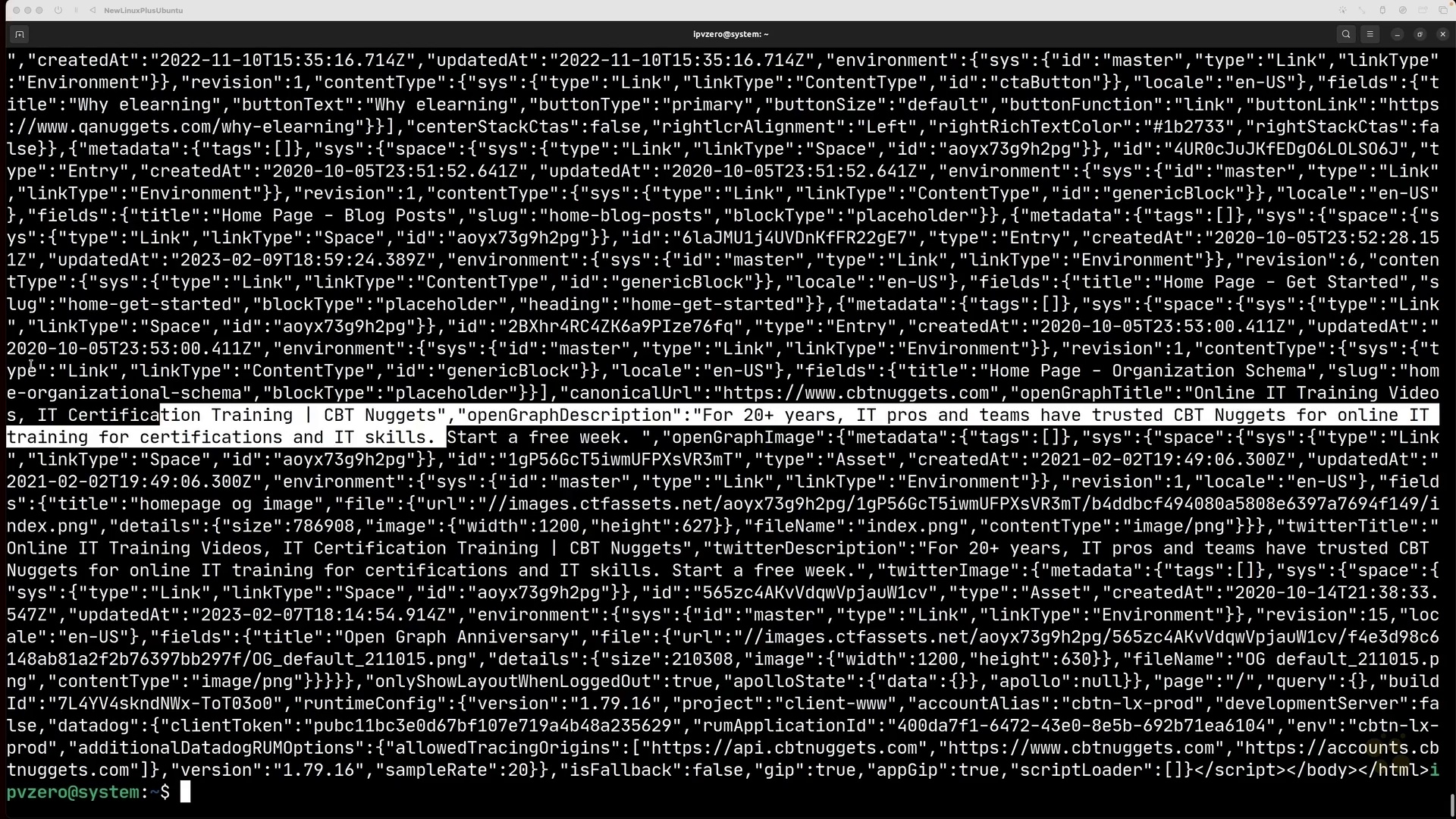در حال حاضر محصولی در سبد خرید شما وجود ندارد.

در این روش نیاز به افزودن محصول به سبد خرید و تکمیل اطلاعات نیست و شما پس از وارد کردن ایمیل خود و طی کردن مراحل پرداخت لینک های دریافت محصولات را در ایمیل خود دریافت خواهید کرد.


نحوه ایجاد و نصب یک سیستم فایل لینوکس

CompTIA Linux+ (XK0-005) Online Training

اتوماسیون پیشرفته شبکه با سیسکو و پایتون

کار با توابع در زبان Python

دستورات شبکه در لینوکس برای مدیران سیستم

Cisco CCNP Automating and Programming Cisco Service Provider Solutions (300-535 SPAUTO) Online Training

LPIC-2 Online Training

Python and Ansible Automation for Juniper Networks Online Training

Python and Ansible Automation for Juniper Networks Online Training

نحوه تغییر مجوزهای فایل در لینوکس